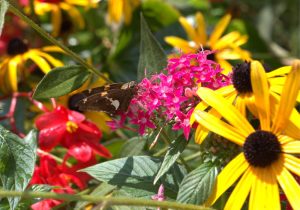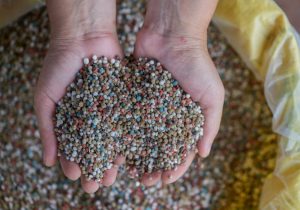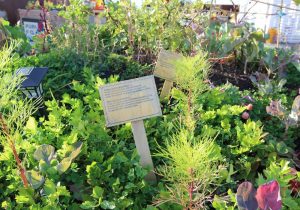
Fruit tree care is crucial for a healthy and productive garden. Pests and diseases can significantly impact fruit trees, reducing the yield’s quantity and quality. This article explores effective strategies for preventing and managing common fruit tree pests and diseases. Focusing on sustainable and practical solutions, we aim to provide fruit tree enthusiasts with the knowledge to maintain healthy orchards.
Understanding Fruit Tree Health
Contents
- 1 Understanding Fruit Tree Health
- 2 How to Provide Proper Fruit Tree Care
- 3 Regular Maintenance and Monitoring
- 4 Frequently Asked Questions About Fruit Tree Care
- 4.1 How often should I water my fruit trees?
- 4.2 When is the best time to prune fruit trees?
- 4.3 What are the signs of pest infestations in fruit trees?
- 4.4 How can I tell if my fruit tree is diseased?
- 4.5 Can I use the same pesticide for all pests on fruit trees?
- 4.6 How do I choose the right fruit tree for my garden?
- 4.7 What should I do if my fruit tree isn’t producing fruit?
- 4.8 How can I improve soil health for my fruit trees?
- 4.9 Is it necessary to plant more than one fruit tree for pollination?
- 4.10 How can I protect my fruit trees from frost?
- 5 Conclusion
Fruit trees are vital in any garden, providing aesthetic beauty and delicious produce. The health of fruit trees is paramount to ensure a bountiful harvest. This section delves into the essentials of fruit tree health, highlighting the signs of vitality and the importance of understanding tree biology.
Basics of Fruit Tree Biology
Like all plants, fruit trees have specific biological needs that must be met for optimal growth. Understanding these needs is the first step to ensuring tree health. Key aspects include:
- Soil Requirements: Fruit trees thrive in well-draining, fertile soil. Soil pH and nutrient balance are crucial for growth.
- Watering Needs: Consistent watering is vital, especially during dry periods. Over or under-watering can lead to stress and disease.
- Sunlight and Air Circulation: Adequate sunlight and good air circulation help prevent fungal diseases and promote healthy growth.
Signs of a Healthy Fruit Tree
Recognizing a healthy fruit tree is essential for early detection of issues. Key indicators include:
- Vigorous Growth: A healthy fruit tree shows strong, new growth yearly.
- Robust Leaf Appearance: Leaves should be vibrant and free of spots or deformities.
- Fruit Production: Regular and abundant fruiting indicates good health.
- Resilience to Pests and Diseases: A healthy tree can resist pests and diseases better.
How to Provide Proper Fruit Tree Care
To achieve a healthy and fully developed fruit tree, you must identify any pests and diseases that can strike it. Once identified, you must also know how to treat your trees when they occur. Below is our comprehensive guide on giving your tree proper care.
Common Fruit Tree Pests
Fruit trees, while beautiful and fruitful, are often susceptible to various pests. These pests can cause significant damage, affecting the tree’s yield and health. Identifying and understanding these common pests is the first step in effective management and control.
- Aphids: Aphids are among the most common pests in fruit orchards. These tiny insects, varying in color from green to yellow or black, are often found in clusters on new growth, undersides of leaves, or stems. They feed by sucking sap from the plant, which can lead to a range of problems. The affected parts may exhibit curling and distortion, and a sticky residue called honeydew can attract other pests or lead to sooty mold growth.
- Codling Moth: Particularly infamous in apple and pear orchards, the codling moth poses a significant threat. Adult moths lay eggs on the fruit surface, and the hatching larvae burrow into the fruit. This infestation results in brown, rotten tunnels inside the fruit, rendering it inedible. Monitoring and timely intervention are crucial to control this pest.
- Fruit Flies: Fruit flies, including the common Drosophila species, are notorious for their rapid reproduction and ability to cause significant damage to fruit crops. These tiny flies lay their eggs in ripening fruit, and the emerging larvae feed within, causing the fruit to rot. This affects the current harvest and can lead to further infestation if not properly managed.
- Spider Mites: Spider mites, tiny arachnids often red or green, primarily infest the undersides of leaves. They pierce plant cells to feed, leading to yellowed, bronzed, or dropped leaves. In severe cases, their fine silk webbing can be seen on affected areas. These pests thrive in hot, dry conditions, making monitoring essential during these periods.
- Apple Maggot: The apple maggot specifically targets apple trees. Female flies lay eggs inside the fruit, and the resulting larvae feed by creating winding tunnels through the apple’s flesh. This ruins the fruit and can weaken the tree over time. Effective control often involves a combination of trapping, timely harvesting, and proper sanitation practices.
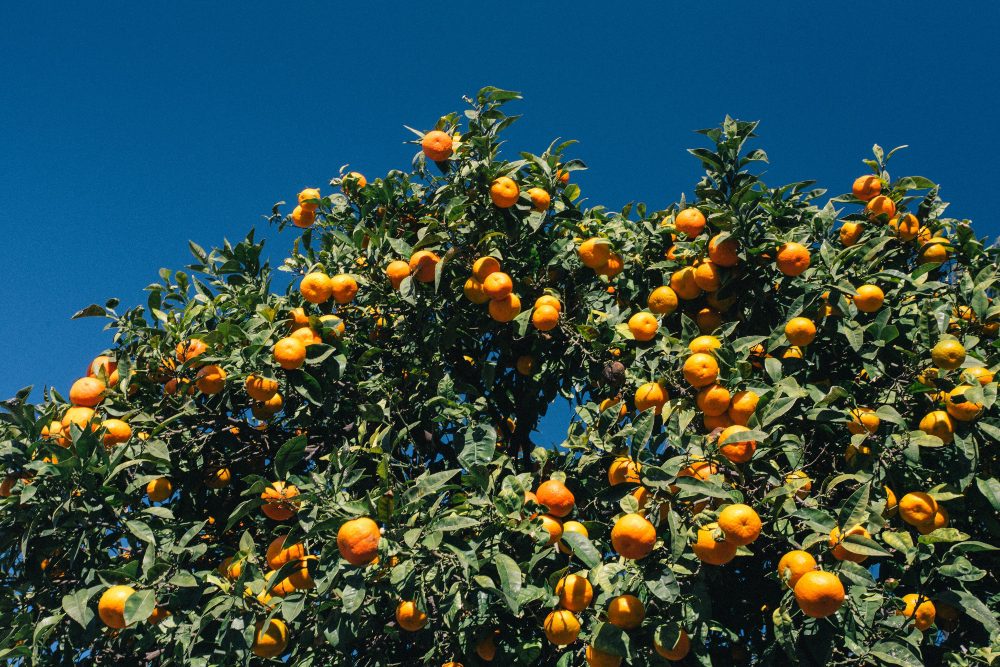
Impact of These Pests on Fruit Trees
The impact of pests on fruit trees can be extensive, affecting not just the current season’s yield but also the long-term health and productivity of the trees.
Reduced Yield: Pests such as the codling moth and apple maggot are particularly harmful to fruit production. The codling moth larvae bore into fruits, making them unfit for consumption and drastically reducing the usable yield. Similarly, apple maggot infestation leads to significant fruit loss due to the tunnels they create within the apples. T
Fruit Damage: Aphids, fruit flies, and other similar pests can lead to various fruit damage. Aphids, by sucking sap from the plants, can cause deformed and stunted fruit growth. Their secretions can also lead to the growth of sooty mold on the fruit, further degrading its quality. Fruit flies’ larvae feed inside the fruits, causing internal rot and making them inedible.
Tree Health: Pest infestations can severely compromise fruit trees’ overall health. A tree under the stress of constant pest attacks may exhibit reduced vigor, making it less productive in subsequent seasons. Additionally, stressed trees become more susceptible to other problems, such as diseases or environmental stresses. Chronic infestations can weaken the tree’s natural defenses, leading to a downward spiral of health that can be difficult to reverse.
Frequent Fruit Tree Diseases
While resilient, fruit trees are susceptible to various diseases affecting their health and productivity. Understanding these diseases, their symptoms, and their effects is crucial for effective management and prevention.
Common Diseases Affecting Fruit Trees
- Apple Scab: This fungal disease primarily affects apple and pear trees. It manifests as velvety, dark spots on leaves, fruit, and twigs. Infected fruits often become distorted and cracked, significantly reducing their market value.
- Peach Leaf Curl: Affecting mainly peach and nectarine trees, this disease causes leaves to curl and turn red. It leads to defoliation, weakened trees, and decreased fruit production.
- Fire Blight: This bacterial disease is especially destructive to apple and pear trees. It causes branches to appear burnt, with leaves turning black and clinging to the tree. It can quickly spread and is often fatal if not controlled.
- Brown Rot: Common in stone fruits like cherries, plums, and peaches, brown rot causes fruit to rot and develop a brown, fuzzy mold. It also affects blossoms and twigs, leading to a significant loss in fruit yield.
- Citrus Canker: Affecting citrus trees, this bacterial disease causes raised, corky lesions on leaves, stems, and fruits. It leads to premature fruit drop and can severely weaken the tree.
Symptoms and Diagnosis of These Diseases
- Apple Scab: Look for dark, olive-green spots on leaves, which later turn black. Fruits show similar spots and can become misshapen.
- Peach Leaf Curl: The leaves thicken, pucker, and develop a reddish color. Affected leaves may fall early in the season.
- Fire Blight: Infected branches look as if scorched by fire. Blossoms may appear water-soaked and wilt rapidly.
- Brown Rot: Soft, brown spots on fruits are a tell-tale sign. In humid conditions, a fuzzy mold develops on these spots.
- Citrus Canker: Small, raised lesions with a water-soaked appearance are the primary symptom. Leaves and fruit may drop prematurely.
Early detection and proper identification of these diseases are essential for effective management. Regular monitoring and adopting preventative measures can help maintain the health and productivity of fruit trees.
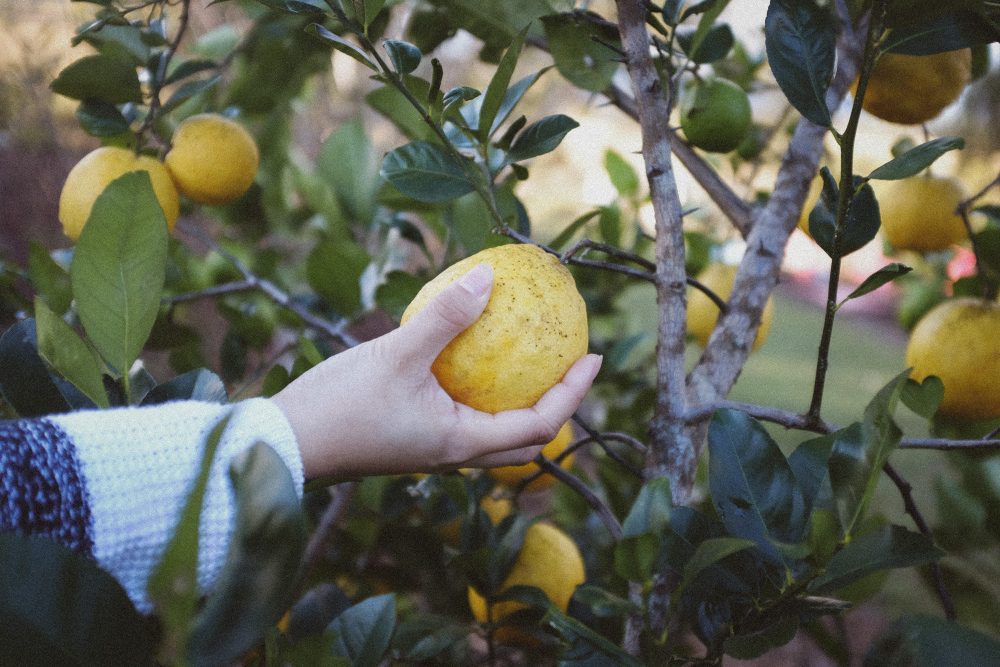
Preventative Measures for Fruit Trees
Maintaining the health of fruit trees is essential for preventing the onset of pests and diseases. Implementing proactive measures can greatly reduce the likelihood of these issues and ensure the longevity and productivity of your fruit trees.
Proper Planting and Site Selection
The initial step in establishing a healthy fruit tree is choosing the right location. A site with ample sunlight and good air circulation is essential for robust growth and disease prevention. Sunlight helps keep the foliage dry and reduce the risk of fungal diseases, while adequate airflow prevents the stagnation of humid air around the tree.
It’s also crucial to ensure that the soil at the site is well-drained and matches the specific needs of the fruit tree species. Poor drainage can lead to root diseases, while the wrong soil type can affect nutrient absorption.
Regular Pruning
Pruning is not just about shaping the tree; it’s a vital health practice. Removing dead, diseased, or overcrowded branches enhances air circulation within the canopy, which is key in reducing fungal and bacterial diseases. Pruning also allows for more efficient light penetration, promoting healthier and more vigorous growth. It’s important to prune during the right season for the specific fruit tree to prevent unnecessary stress on the tree.
Sanitation
This is a frequently overlooked yet critical aspect of tree care. Fallen leaves, fruits, and other plant debris can harbor pests and disease pathogens. Regularly cleaning this debris helps break the life cycle of these harmful organisms, thereby reducing the incidence of disease and pest infestation. Disposing of the debris off-site or through methods like composting that kill pathogens is also advisable.
Water Management
Proper watering techniques are essential for the health of fruit trees. Consistent, deep watering encourages deeper root growth, which enhances the tree’s stability and drought tolerance.
However, it’s important to avoid over-watering and to steer clear of overhead watering methods, which can promote the spread of leaf-borne diseases. Drip irrigation or soaker hoses are preferred as they deliver water directly to the root zone and keep the foliage dry.
Balanced Fertilization
Both over and under-fertilization can make fruit trees more susceptible to diseases and pests. Over-fertilization, especially with nitrogen, can lead to excessive vegetative growth, making the tree more appealing to pests and vulnerable to diseases.
On the other hand, under-fertilization can weaken the tree, reducing its ability to fight off pests and diseases naturally. Use a balanced fertilizer tailored to the needs of your specific fruit tree species and follow recommended application rates and schedules.
Importance of Selecting Resistant Fruit Tree Varieties
Selecting disease-resistant fruit tree varieties is a proactive approach to orchard health that can yield significant benefits. These varieties result from careful breeding programs to enhance the tree’s natural defenses against specific diseases and pests.
Reduced Need for Chemicals
One of the primary advantages of growing resistant varieties is the decreased reliance on chemical treatments. These trees have a natural resilience against certain pathogens, which means they require fewer fungicides and pesticides. This saves time and resources and contributes to a more environmentally friendly orchard.
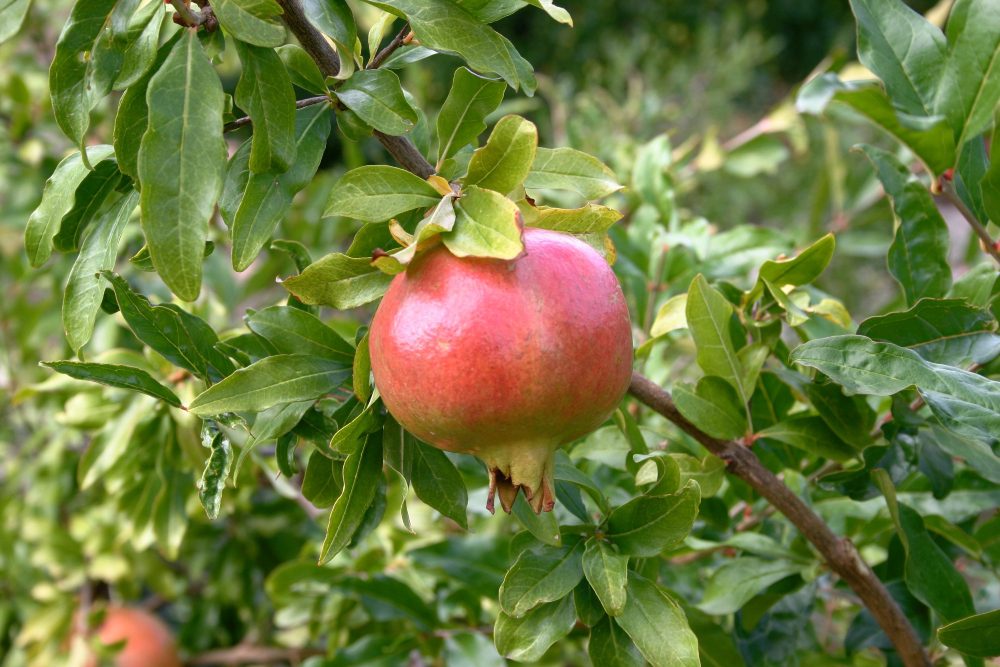
Suitability to Local Conditions
Disease-resistant varieties are often developed with specific climates and local challenges in mind. Researching and consulting with local horticultural experts or extension services can help you select varieties best suited to your area’s unique conditions. This local adaptation increases the chances of successful growth and bountiful yields.
Long-Term Orchard Health
Resistant varieties contribute to the overall health and sustainability of an orchard. By naturally fending off diseases, these trees will likely have a longer productive lifespan and are less likely to transmit problems to neighboring trees. This results in a more robust and resilient orchard ecosystem.
Improved Yield and Quality
Since resistant varieties are better at warding off diseases, the quality and quantity of the fruit produced are often superior. Trees not battling constant infections can focus their energy on fruit production, leading to healthier, more abundant, and often tastier fruit.
Economic Benefits
Planting disease-resistant varieties can translate into significant economic benefits for commercial growers. Reduced pest and disease management costs and improved yields contribute to a better bottom line.
Management Strategies for Fruit Tree Health
Ensuring the health of fruit trees requires a comprehensive approach that combines various management strategies. These strategies are designed to tackle existing problems while preventing future issues, ensuring the trees remain healthy and productive.
Organic Methods:
Organic controls prioritize natural methods and substances that are less harmful to the environment and beneficial to organisms.
- Beneficial Insects and Natural Predators: Introducing beneficial insects like ladybugs or lacewings can help control aphid populations. Encouraging natural predators like birds and bats also contributes to pest control.
- Organic Sprays: Organic sprays, like neem oil or insecticidal soaps, are effective against various pests. These sprays must be applied correctly to be effective, usually directly onto the pests.
- Composting and Mulching: Healthy soil is a cornerstone of tree health. Composting improves soil quality by adding nutrients and beneficial microbes. Mulching helps retain soil moisture and regulate temperature, suppressing weed growth, which can harbor pests.
- Cultural Practices: Crop rotation, diverse planting, and proper sanitation can reduce pest infestations and disease spread.
Chemical Controls:
In situations where organic methods are insufficient, chemical controls can be necessary.
Targeted Fungicides and Pesticides: These combat specific pests and diseases. Selecting the right product is crucial for it to be effective.
Responsible Usage: Following the manufacturer’s guidelines for application is essential. This includes correct dosing, timing, and application methods, which help minimize the risk to non-target species and the environment.
Integrated Approach: Chemicals should be part of an integrated pest management strategy. This means using them with other methods, like monitoring and cultural controls, to reduce reliance on chemicals.
Safety Measures: Proper safety measures should be taken when handling and applying chemicals, including wearing protective gear and ensuring no contamination of water sources or non-target areas.
Rotation of Chemicals: Rotating different chemical classes is advisable to prevent pests from developing resistance.
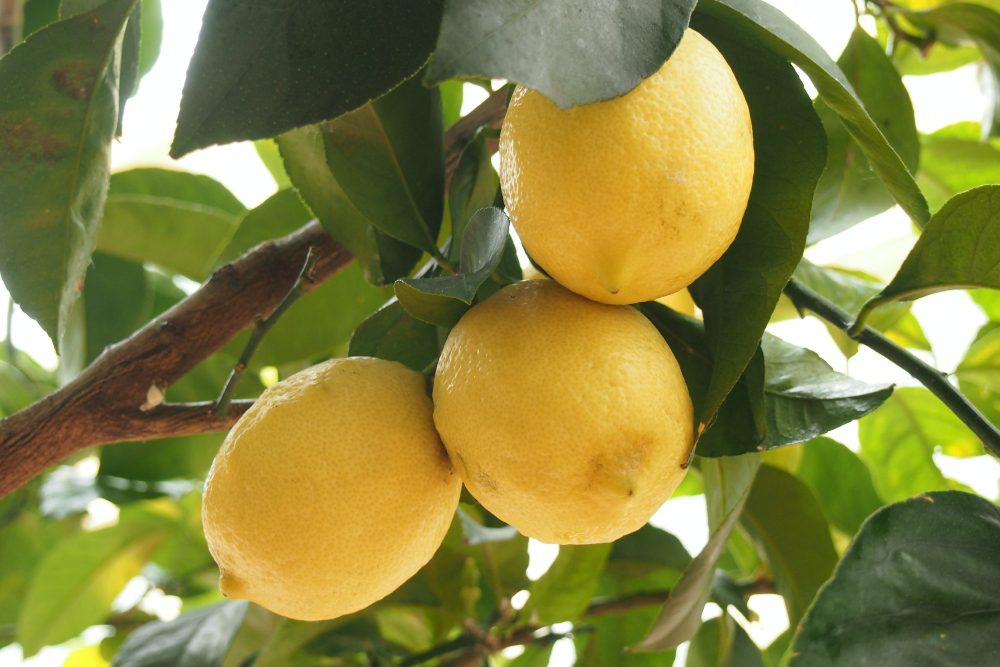
Pest Management Techniques
Integrated Pest Management (IPM) is a sustainable approach to managing pests and diseases in fruit trees. It focuses on long-term prevention and control using a combination of techniques. These techniques are environmentally sensitive and tailored to specific pests and situations.
Monitoring
- Regular Inspection: Regularly inspect fruit trees for signs of pests or diseases. This involves examining leaves, branches, fruits, and the surrounding soil.
- Identification: Accurately identifying pests and diseases is crucial for effective control. Misidentification can lead to ineffective treatments.
- Record Keeping: Keep detailed records of observations, including the types of pests or diseases, their locations, and the severity of infestations. This data is invaluable for making informed decisions.
Cultural Controls
- Proper Pruning: Timely pruning helps remove diseased or pest-infested branches and improves air circulation, reducing disease risk.
- Sanitation: Clean up fallen fruits and leaves that can harbor pests or diseases. Destroy or compost this material to prevent re-infestation.
- Crop Rotation and Diversity: Planting a diverse range of species can reduce the risk of widespread pest infestations. Crop rotation, where applicable, can also help break pest life cycles.
Biological Controls
- Beneficial Insects: Encourage or introduce beneficial insects like ladybugs, lacewings, or predatory mites that prey on harmful pests.
- Natural Predators: Use natural predators like birds or bats by providing habitats such as birdhouses or bat boxes.
- Biopesticides: Employ naturally occurring substances or organisms, like certain bacteria or fungi, to control pests.
Chemical Controls
- Targeted Application: Use pesticides only when necessary and in a targeted manner, focusing on affected areas rather than widespread application.
- Selectivity: Choose effective chemicals against specific pests or diseases without harming beneficial organisms.
- Timing: Apply chemicals at optimal times, such as during pest development stages when they are most vulnerable.
Implementing IPM requires knowledge, patience, and regular attention, but it leads to more sustainable fruit tree care. By using these techniques, fruit tree growers can effectively manage pests and diseases while minimizing harm to the environment and beneficial organisms.
Regular Maintenance and Monitoring
Consistent and attentive care is essential for maintaining the health and productivity of fruit trees. A comprehensive maintenance and monitoring routine includes several key activities.
Regular Inspections
Conduct inspections weekly or bi-weekly and more frequently during the growing season. Check for signs of pests, diseases, abnormal leaf discoloration, wilting, or unusual growth patterns. Keep a log of observations. This can help in tracking changes and identifying patterns over time.
Pruning
Prune during the dormant season to stimulate new growth in spring. However, some species may require summer pruning. Remove dead or diseased wood to thin out crowded areas to improve light penetration and airflow. Also, shape the tree for structural integrity. Ensure pruning tools are sanitized to prevent the spread of diseases.
Soil Care
Periodically test the soil to assess nutrient levels and pH balance. This guides precise fertilization. Apply fertilizers based on the specific needs of the tree. Over-fertilizing can be just as harmful as under-fertilizing. Incorporate organic matter like compost to improve soil structure and fertility.
Irrigation Management
Establish a consistent watering schedule. Young trees and those in dry climates need more frequent watering. Use drip irrigation or soaker hoses to target water directly to the roots, minimizing water wastage and preventing leaf diseases. Apply mulch around the tree’s base to retain moisture and regulate soil temperature.
Overall Tree Care
Implement appropriate measures at the first sign of any pest or disease. Use stakes or ties for young or weak trees, especially in windy areas. Adjust care practices according to the season. For example, increase watering in summer and reduce it in winter.
Frequently Asked Questions About Fruit Tree Care
How often should I water my fruit trees?
The watering needs vary depending on the tree species, age, and climate. Generally, deep watering once a week is sufficient for established trees. Young trees may require more frequent watering.
When is the best time to prune fruit trees?
Most fruit trees should be pruned during the dormant season (late winter to early spring). However, some trees may benefit from summer pruning. Always check the specific requirements for your tree type.
What are the signs of pest infestations in fruit trees?
Look for chewed leaves, damaged fruit, visible insects, and abnormal growths on the tree. Sticky residue or sooty mold can also indicate pests.
How can I tell if my fruit tree is diseased?
Disease symptoms vary but often include discolored leaves, spots on fruits or leaves, stunted growth, and dieback of branches.
Can I use the same pesticide for all pests on fruit trees?
No, pesticides are specific to certain pests. Always identify the pest first and then select an appropriate pesticide.
How do I choose the right fruit tree for my garden?
Consider your local climate, soil type, and the amount of available sunlight. Also, think about the size of the tree and the type of fruit you want.
What should I do if my fruit tree isn’t producing fruit?
Ensure the tree is mature enough to bear fruit. Other factors include inadequate pollination, poor health, incorrect pruning, or lack of nutrients.
How can I improve soil health for my fruit trees?
Regularly add organic matter, such as compost, and conduct soil tests to determine if any additional nutrients are needed.
Is it necessary to plant more than one fruit tree for pollination?
This depends on the tree species. Some trees require cross-pollination (another tree of a different variety), while others are self-pollinating.
How can I protect my fruit trees from frost?
Use frost blankets, ensure adequate water (moist soil retains heat better), and avoid late-season fertilization, which can stimulate new growth vulnerable to frost.
Conclusion
Caring for fruit trees is a rewarding and fruitful endeavor. By understanding and applying the right practices in pest and disease management, pruning, soil care, and regular monitoring, you can ensure the health and productivity of your fruit trees. Remember, the key to success lies in proactive and consistent care. Your fruit trees will thrive with patience and attention, providing bountiful harvests for years.


